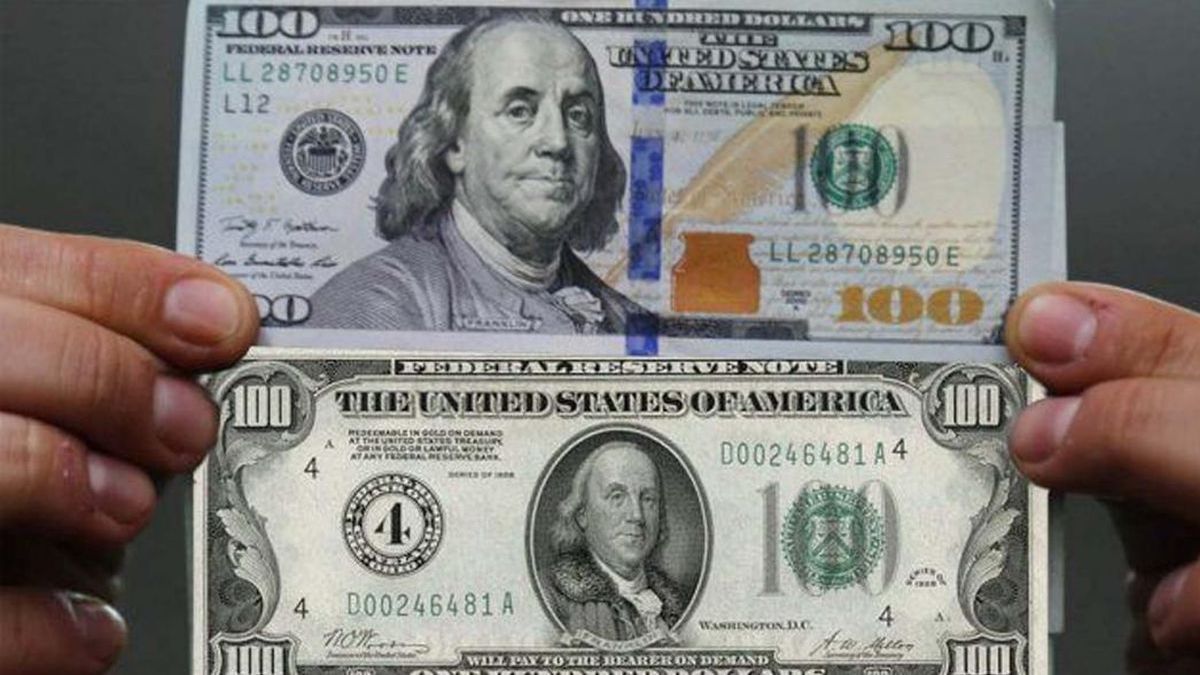The so-called “small face” dollars are those that were printed in the United States until 1996. On the $100 bill there is Benjamin Franklin inside an oval frame and, in terms of dimensions, it is smaller compared to the printed versions later.
The caves of the City of Buenos Aires pay less for these tickets and also sell them cheaper. Although they are totally legal tender, savers reject them. You get to pay 2% and 4% less because in theory they are “more difficult to move.”
In recent days, what has begun to happen is that those who go to banks to withdraw the dollars to buy, within the allowed monthly quota of US$200, do not want them either.
“Consumers around the world are advised that there is no need to exchange old design $100 bills for new ones. It is the policy of the US Government that all designs of US currency remain legal tender, regardless of when they are issued,” the Fed announced in 2013, the last time they renewed ticket design.
The most recent version of the US bill is the one with a blue band across it and Franklin’s face in the foreground, without the oval. This is the bill called “big head”, and the blue band is an additional security measure that seeks to prevent counterfeiting.
Although there are no “legal” reasons, the “little trees” take the old $100 bills at discounts. The same thing happens with the smaller denomination dollars.
In banks, the problem arises when withdrawing, because savers prefer “big face” bills. Not so for deposits, since entities are required to accept any type of legal tender currency.
The solution for old bills is to send them to the US to be replaced by new ones, but this operation is hampered by the pandemic.
Source: Ambito
David William is a talented author who has made a name for himself in the world of writing. He is a professional author who writes on a wide range of topics, from general interest to opinion news. David is currently working as a writer at 24 hours worlds where he brings his unique perspective and in-depth research to his articles, making them both informative and engaging.




